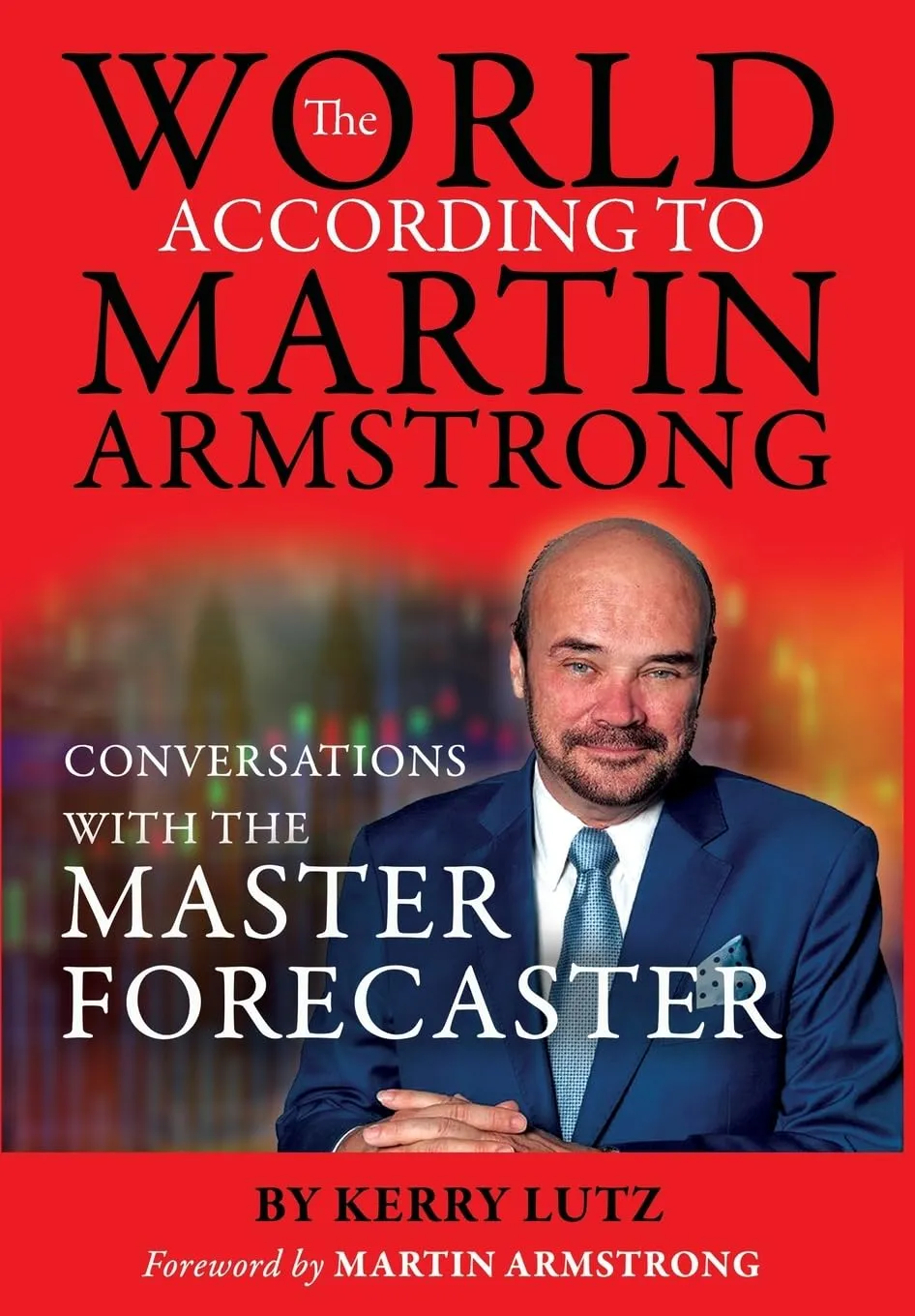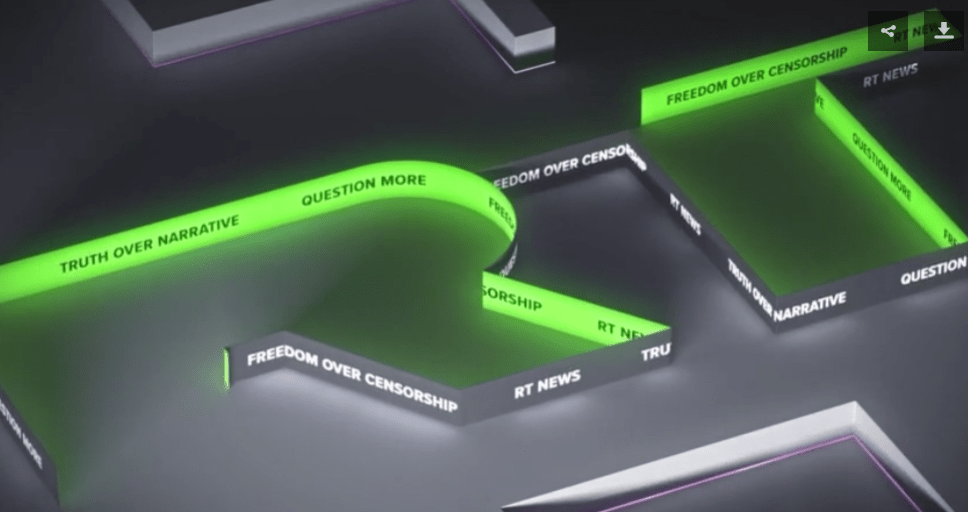Alayne Fleischmann
Matt Taibbi has returned to the Rolling Stone and his first piece out the door is on the real story behind the fake $13 billion settlement with JP Morgan Chase deal to cover up alleged criminal activity sanctioned by Eric Holder and the Department of Justice. Taibbi had to leave First Look media where he found himself in a clash with the executives, who by and large come from a highly structured Silicon Valley corporate environment. When it comes to the free press, there are journalists who would love to write the truth, but that ends up in a battle with management who may have their own favors and deals behind the curtain.
Those fiercely independent journalists view corporate cultures and management with disdain. It is management that blocks the free press in this country. First Look media was supposed to court the independent journalists. The problem, they still bring in the corporate structure that destroys the independence. This is simply the fate of such entities. Look at Apple. They throw out the guy who creates it in their arrogance that such people do not know how to run a company. Then they destroy the creativity and all the lawyers and bean counters cannot create anything but structure. There lies the oxymoron. Then companies have to takeover start-ups paying billions of dollars because the board lacks creativity or any comprehension how to create it from scratch.
Taibbi’s first piece back at Rolling Stone is spot on. However, Taibbi has not yet dug deep enough into the REAL court system in New York City. He mentions how JP Morgan Chase was able to squash access to Alayne Fleischmann in a private suit filed in NYC against Chase. He wrote:
“…Dorothy Spenner, an attorney representing Chase, told the court that Fleischmann was not a “relevant custodian.” In other words, she couldn’t testify to anything of importance. Federal Magistrate Judge James C. Francis IV took Chase’s lawyers at their word and rejected the Fort Worth retirees’ (Pension Fund) request for access to Fleischmann and her evidence.”
Here is a list of the bank fines so far for manipulating markets that they said did not exist in my own case back in 1999.
| Bank | Amount in Billions | ||
| Bank of America | 74.65 | ||
| JP Morgan | 27.09 | ||
| Citigroup | 12.14 | ||
| Wells Fargo | 9.9 | ||
| Morgan Stanley | 1.91 | ||
| Goldman Sachs | 0.88 | 3.15 | ?? |
| BNP Paribas | 8.9 | ||
| HSBC | 1.9 | ||
| UBS | 1.5 | ||
| Credit Suisse | 2.6 | ||
| Standard Chartered PLC | 0.64 | ||
| ING | 0.619 | ||
| RBS | 0.612 | ||
| ABN | 0.5 | ||
| Barclays | 0.451 | ||
| Rabobank | 1 | ||
| Deutsche Bank | 0.985 | ||
| Commerzbank | 0.65 | ||
| 146.927 | |||
Taibbi is still just scratching the surface. The Southern District of New York is a kangaroo court that protects the banks at all costs. I have routinely warned that suits brought against the banks are dismissed. What Magistrate Francis did in protecting the JP Morgan Chase was not so much that the lawyers lied to him, but they just say whatever it takes so he can rue in their favor routinely. You cannot find a major lawsuit against the banks that prevails. Falsifying analysis in the Dot.COM Bubble led to more than a 90 page decision as to why the case had to be dismissed even though they plead guilty and paid fines to the Fed,.
In UNITED STATES v. ZICHETTELLO Second Circuit Court of Appeals had to openly admit that judges in the SDNY are allowed to change the very words you speak in court. In my own case, I confronted Judge Owen putting in an affidavit as to the numerous changes. If I lied, he could have put me in prison for 200 years. So many people showed up in court that day to see what would happen when a citizen challenged a Federal Judge. So many people were there, he was frightened. He had to publicly admit to a federal crime – but of course the government never prosecutes their own.
My confrontation with Judge Owen took place in 2003. The Zichettello decision was 2000. The practice still continues. I became so frustrated with all the changes, I simply wrote to Dorthy Heyl who was the prosecutor for the SEC and told her why don’t you just type in whatever confession you want and get it over with since you people change whatever I say anyhow. Judge Owen saw it within his arbitrary power to change anything anytime. How can you expect the banks to tremble in New York City? Ain’t never gonna happen!
Judge Richard Owen (SDNY)
I believe the SEC was steering their case to this notorious judge because he was just ruthless guaranteeing 100% wins. He took all the lawyers away from Stephen Fisher and tormented the man so much that he committed suicide in a civil case. Then he would joke how he was never overruled for doing that because Fisher never “took it upstairs. Ha Ha Ha.”
Andrew Sorkin
Judge Owen changed transcripts in Frank Quatrone’s case as well. Andrew Sorkin came to see me about Owen changing transcripts. He reported what took place correctly. But Owen then changed the transcripts. The Court of Appeals even named Sorkin in Quatrone’s decision:
In attempting to argue that numerous media commentators noted the allegedly biased conduct of the trial court judge, Quattrone cites only one newspaper article in the text of his Opening Brief though he collects others in a footnote: Appellant Br. 101 & n. 38. However, the very article that Quattrone employs to establish improprieties has at least one material mischaracterization of the court’s trial management. The article claims that Brodsky testified upon cross-examination “No” when asked “Did you think he [Quattrone] had done anything wrong?”See Andrew Ross Sorkin, A Shift in Testimony in Ex-Banker’s Trial, N.Y. TIMES, Apr. 23, 2004, at C3. This characterization was completely accurate. See J.A. 291 (Tr. 1371). What was inaccurate, however, was the next sentence of the article: “The judge . . . immediately struck the answer from the record . . . .” Sorkin, supra, at C3. The record clearly reflects that upon objection, the trial judge allowed Brodsky to testify “No” but instructed the witness to move on without providing further commentary. J.A. 291 (Tr. 1370-71).
There the Court of Appeals replaced Judge Owen saying:
Quattrone’s final request is that any further proceedings below be reassigned to a different judge. Quattrone contends that the trial judge is no longer impartial with regard to his case and that “numerous [media] observers have already questioned the impartiality of the district court.” Appellant Br. 101 (footnote omitted). The government counters that Quattrone’s claims are insufficient to meet the standard necessitating remand to another judge and argues forcefully that Quattrone’s complaints are based upon a media campaign orchestrated to present the trial judge in a negative light. … This case has already endured two full trials before the same dedicated jurist. In our view, the contentions of the parties in this difficult and complex matter have taken a toll on all involved. We conclude that the better decision is that the case be reassigned to another judge upon remand. While we have considered the government’s arguments and do not find evidence that the trial judge made any inappropriate statements leading us to seriously doubt his impartiality, portions of the transcript raise the concern that certain comments could be viewed as rising beyond mere impatience or annoyance. Ultimately we believe that the interest and appearance of justice are better served by reassignment.
Here is what the Second Circuit wrote about this notorious corrupt court that sees fit to change transcripts denying the public and the defendant the right to a fair trial. Taibbi has to dig even deeper to expose the real truth about the legal system and its demise in the United States.
“The Southern District of New York follows a practice that is unusual and perhaps unique. After jury instructions are given in a case, the court reporter submits a transcript of the instructions to the district judge for review. The court reporter does not release a transcript to the parties until after the judge reviews, and in some cases corrects, it. See Presumably, the purpose of this practice is to allow a judge to correct minor stenographic errors or typos. Because the parties receive only a printed transcript that incorporates the judge’s revisions, the parties are not informed of such revisions.
… There is no evidence whatever that the district court intentionally falsified the record, and nothing in our opinion should be read to suggest otherwise. However, both the district court’s belief and the Law Clerk’s recollection that the Official Revised Charge was actually read to the jury are plainly unreasonable. All the known facts, including most importantly the contemporaneous writings of the district judge and the Law Clerk, firmly and fully support the government’s contention that the district court did not give the instruction contained in the Official Revised Charge.
… Finally, all the other evidence in the record also powerfully supports the conclusion that the Binder Charge was not read to the jury. … We simply cannot conclude that the Law Clerk’s recollection is even remotely sufficient to counter the evidence to the contrary, including the contemporaneous writings of the judge and the Law Clerk themselves. … On this record, therefore, it is plainly unreasonable to conclude that the challenged language was given to the jury. Indeed, it is clear that it was not. Thus, the record should be corrected to “conform to the truth” of the charge that was actually delivered. …
5) SDNY Practice
The problem in the instant case has led lawyers on both sides to highlight a problematic practice in the Southern District of New York and has prompted one of them to ask this court to order that the practice be eliminated. According to lawyers for both the government and defense, as well as Bologna, the “standard practice” in the Southern District is for a court reporter to submit the transcript of jury instructions to the district court before releasing it to the parties. The district court is free to alter the transcript, and any changes are incorporated in the “official” transcript without disclosing such changes to the parties. According to counsel, the Southern District is somewhat unique in this practice.
Courts do not have power to alter transcripts in camera and to conceal the alterations from the parties. Given the issues that arose in this case as a direct result of this practice, there appears to be little justification for continuing the practice in its present form. To be sure, a procedure that corrects obvious mistakes in transmission is useful, and the parties have little interest in closely monitoring such a procedure so long as the alterations are cosmetic. Monitoring by the parties, however, provides some assurance that only cosmetic changes will be made or, if not, that changes will correctly reflect what transpired in the particular proceeding. Moreover, there is little cost in informing the parties of cosmetic changes or at least of directing court reporters to give parties access to the original transcript when they request it.
Nevertheless, whether we have the power to order a change in such a practice is unclear. We review judgments, and our review of the convictions and sentences here may not be an appropriate vehicle for the fine tuning of this practice. However, we invite the judges of the Southern District to consider revision.”














